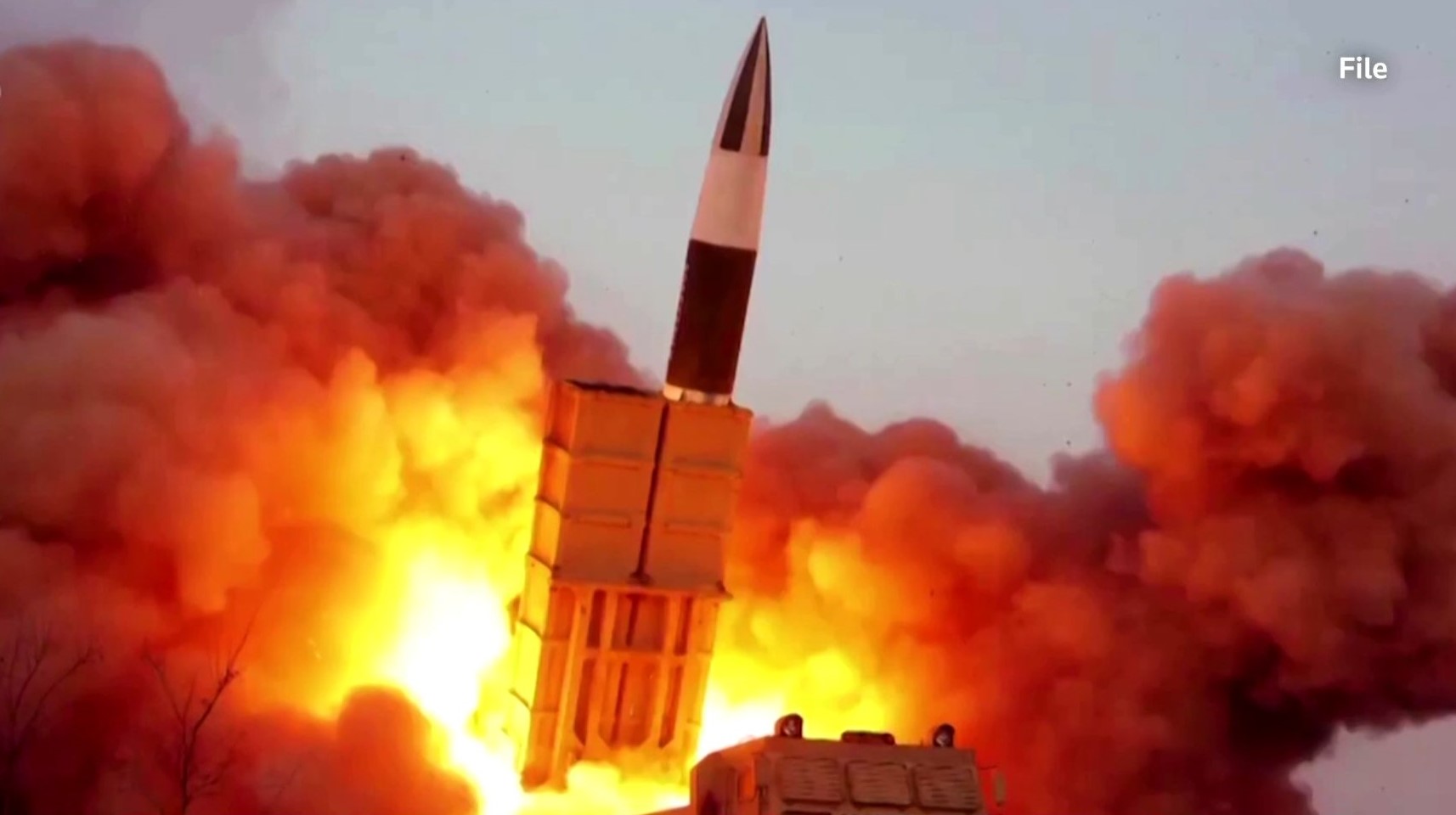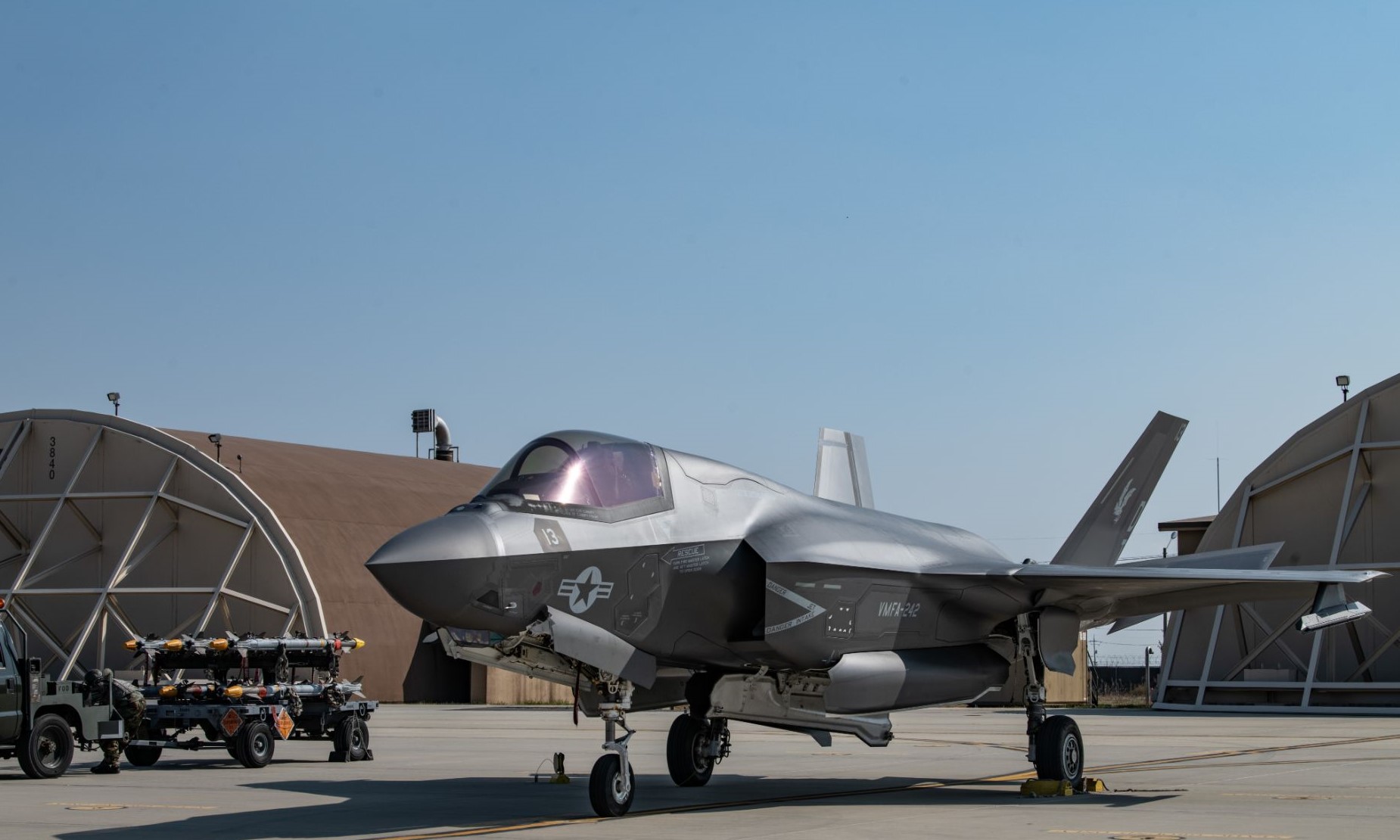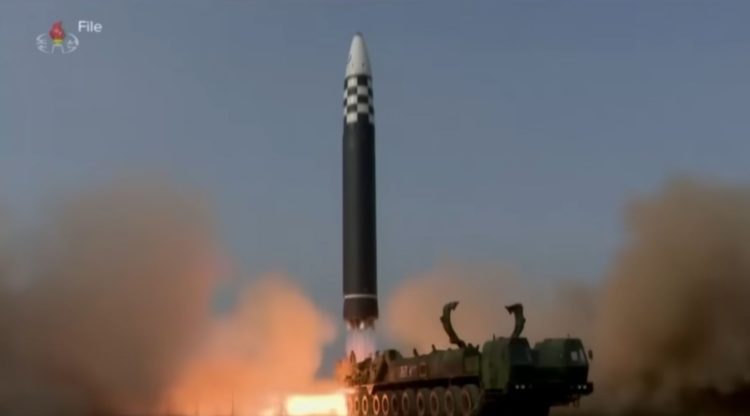On Tuesday, October 1st, the Democratic People’s Republic of Korea (DPRK), better known in the west as North Korea, launched what was believed to be a ballistic missile over its regional neighbor, Japan. This is the first time such a provocation has occurred in five years, and it prompted government leaders in some regions of that island nation to request members of the public to seek shelter. The launch immediately drew condemnation from the international community.
According to The Washington Post, in short order, President Biden was on the phone with Japanese Prime Minister Fumio Kishida, reiterating our ongoing obligation to protect them as well as South Korea. US Defense Secretary Lloyd Austin was busy on the phones that day as well, speaking to counterparts in South Korea and Japan. He noted that the missile launches were “a clear violation” of UN Security Council resolutions.

The multiple launches over the past couple of days were answered by the US flying F-35s over the Sea of Japan and sorties over the West Sea with Korean F-15 fighter jets. The actions of North Korean leader Kim Jong-un come as no surprise to Washington as the US and South Korean armed forces had been conducting their largest joint field exercises in five years recently. That’s bound to annoy Pyongyang. The exercises, cumulatively known as Ulchi Freedom Shield, involved tens of thousands of troops from both nations, along with numerous warplanes, warships, and tanks. The nuclear-powered aircraft carrier USS Ronald Reagan took part as well.
The North Koreans view the training exercises as hostile and use them as an excuse to bolster their ongoing heavy weapons and nuclear programs. The launch on Tuesday was the seventh time since 1998 that North Korea has launched a missile over Japan. Back in March of this year, Pyongyang test-fired an enormous Intercontinental Ballistic Missile (ICBM) believed to be able to hit multiple cities on the East Coast of the United States. The DPRK’s new Hwasong-17 has the longest range of any ICBM the North Koreans have launched so far. It is also thought to be the world’s largest mobile ICBM carrier that is capable of carrying multiple nuclear warheads.
Currently, Operation Vigilant Storm is underway in South Korea. The four-day training exercise, which ends today, involves hundreds of aircraft and is designed to improve the combat readiness of US Air forces and our allies in the Asia Pacific region. Over 1,600 sorties were scheduled to be flown, each overseen by the Korean Air Operations Center. As you might imagine, this exercise, especially since it is falling at the heels of Ulchi Freedom Shield, has raised the ire of North Koreans considerably. They see it as preparations for an invasion of their country.

I assure you, we have no imminent plans of invading the Hermit Kingdom, but try telling that to Kim Jong-un. In the past 72 hours, he has launched as many as 23 missiles of different types from North Korea. Seoul South Korea’s Joint Chiefs of Staff (JCS) reported that a short-range ballistic missile landed close to South Korea’s territorial waters for the first time since the division of Korea several decades ago. That missile allegedly impacted international waters 104 miles northwest of South Korea-owned Ulleung island, which sits roughly 16 miles south of the Northern Limit Line (NLL). The NLL is considered by the South to be the inter-Korean maritime border, although the North does not recognize it as such.
North Korea dialed up regional tensions another notch by firing more than 100 artillery rounds from its east coast into waters north of the maritime border they do not recognize. As reported by WaPo, experts on the region believe the increased North Korean saber rattling is meant in part to make the United States accept it as a force to be reckoned with and a legitimate nuclear power. In what is likely intended as a move to test the resolve of Washinton, Kim is making preparations to do an underground test of a nuclear weapon. It would be the first such test since 2017.
All necessary preparations to carry out the detonation of a nuclear weapon have been made at North Korea’s Punggye-ri Nuclear Test site. A location that had been closed down in 2018. This leaves us wondering when and if Kim may decide to do a test. What type of device might he detonate? What will the response from Washington be?
Only time will tell.










COMMENTS
You must become a subscriber or login to view or post comments on this article.